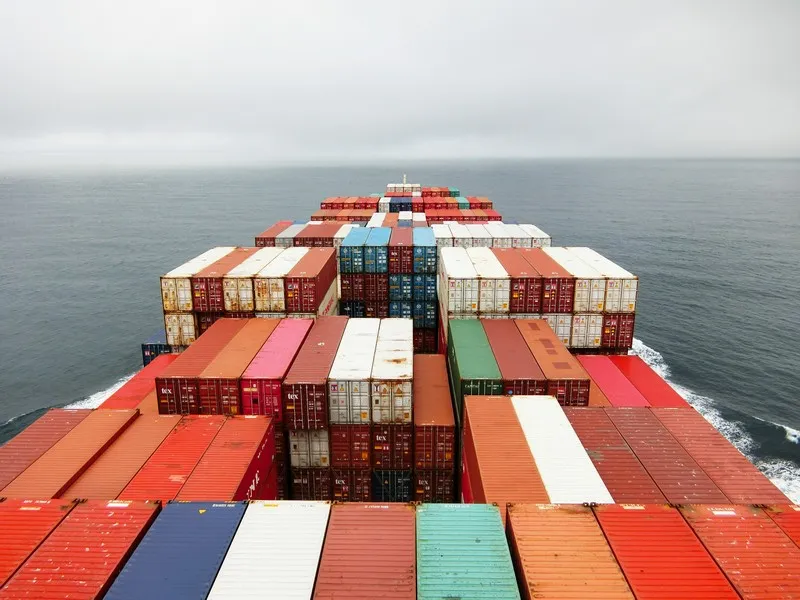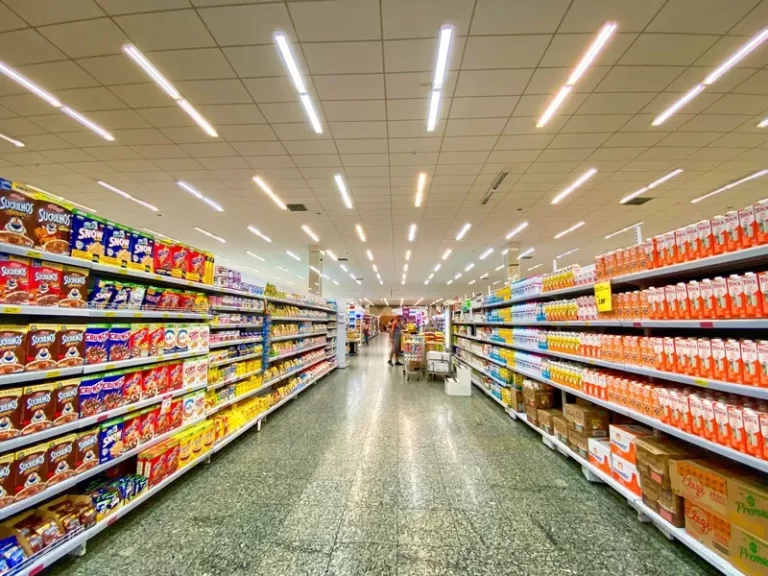Table of Contents
- Introduction
- Historical Context of Tariffs
- The Societal Impact of Trade Tariffs
- Power Relations and Policy Negotiations
- Inequality, Identity, and Resistance
- Long-Term Sociological Effects
- Conclusion
- Poll
- Think!
- Essay Suggestions
- Research Suggestions
- Further Reading
Introduction
Trade tariffs, as instruments of economic policy, have historically served a variety of political, strategic, and economic purposes. Governments impose tariffs on imported goods or services to either protect domestic industries or to generate revenue. Over the centuries, the deployment of tariffs has underlined significant shifts in international relations, economic development, and social structures. Through a sociological lens, we can uncover how tariffs not only affect the macroeconomic status of a nation but also mold and reshape social institutions, group identities, class hierarchies, and cultural exchange. This article delves into the underpinnings of tariffs and their cascading sociological consequences, highlighting both short- and long-term effects.
Historical Context of Tariffs
Tariffs and Early Industrialization
The imposition of tariffs is not a modern phenomenon. Throughout the 18th and 19th centuries, tariffs were an instrumental tool in encouraging industrialization, particularly in Western societies. States intent on fortifying burgeoning domestic industries relied on high tariff barriers to reduce competition from established powers. This not only stoked the pace of economic growth but also sparked debates about the nature and function of the nation-state. As national governments set higher barriers for imports, the sociological outcome was a form of economic nationalism that helped craft a shared sense of identity, grounded in the idea of national economic self-reliance.
From a sociological standpoint, this economic nationalism was not purely about revenue collection or profit; it also invoked discourses of belonging, patriotism, and the collective good. Emerging domestic industries became symbols of national pride. Citizens were encouraged to buy homegrown products, often viewing foreign imports with skepticism. This interplay between protective tariffs and the collective identity of early industrial societies underscored how economic policies can resonate with social meaning and identity, far beyond their balance sheets.
Tariffs in the Age of Globalization
With the advent of globalization, tariffs became more than just an instrument for protecting domestic markets. They began to play a role in diplomatic negotiations, trade agreements, and global political alliances. As the global market expanded and supply chains became international, tariffs could indirectly shape cross-border relationships. Many nations entered into regional blocs or multilateral trade agreements, seeking to reduce internal tariffs while simultaneously erecting external barriers.
From a sociological angle, these shifts often triggered debates about cultural homogeneity and heterogeneity. Supporters of broader free trade arrangements believed that fewer barriers could foster mutual understanding, cultural exchange, and global solidarity. Skeptics feared that an influx of foreign goods, media, and cultural ideas would degrade local identities and upset social cohesion. Tariffs thus became a flashpoint for broader cultural and social anxieties.
The Societal Impact of Trade Tariffs
Social Stratification and Class Dynamics
Trade tariffs can intensify or mitigate social stratification. By raising the cost of imported goods, tariffs can either protect or disadvantage certain segments of the population:
- Domestic producers: When tariffs shield local industries, business owners and workers in these sectors may experience an uptick in profits and wages. Such protection can strengthen the position of certain class factions within a society, amplifying their economic and social influence.
- Consumers: Higher tariffs often translate to elevated prices for goods and services. Lower-income groups, who typically allocate a more significant proportion of their income to consumables, bear the brunt of these increases, potentially widening existing social inequalities.
- Export-oriented sectors: If other countries retaliate with their own tariffs, domestic export industries may suffer, putting jobs and livelihoods at risk. This can result in a paradoxical situation where the intended protective measure instead destabilizes a part of the domestic workforce.
From the perspective of symbolic interactionism, the act of imposing tariffs can reshape social perceptions of worth and value. Some groups may be lauded for producing domestically, while others are criticized for relying heavily on imports. Similarly, the meaning attached to national labor, local craftsmanship, and the consumption of domestic goods can become markers of social status, even if, in practical terms, consumers are forced to pay more.
Labor and Employment Patterns
A key justification for imposing tariffs has been to protect jobs and industries threatened by cheaper imports. On a purely economic level, these measures may safeguard certain jobs in targeted industries. However, from a sociological viewpoint, this protection is never purely economic:
- Social Solidarity: Workers in shielded industries may develop a deeper sense of camaraderie and loyalty to domestic production. This can bind communities together, reinforcing a collective identity centered on the work they do.
- Job Migration: Tariffs can inadvertently shift employment patterns, sometimes luring workers from one sector to another if the protected sector offers better pay or working conditions. This redirection can alter local demographics, as families move to regions where industries thrive under tariff protection.
- Technological Stagnation: In certain contexts, protection from global competition can reduce the impetus to invest in new technologies or innovate. In the absence of external competition, there can be social complacency, especially among upper management or certain labor groups, preferring the status quo over transformative progress.
When labor markets become shaped by tariffs, the social fabric of communities shifts accordingly. Neighborhoods may evolve around successful protected industries, giving rise to cohesive social structures with strong local institutions, from schools to community centers, that revolve around these economic anchors.
Cultural Exchange and Ethnocentrism
Get the full article AD FREE. Join now for full access to all premium articles.
View Plans & Subscribe Already a member? Log in.





